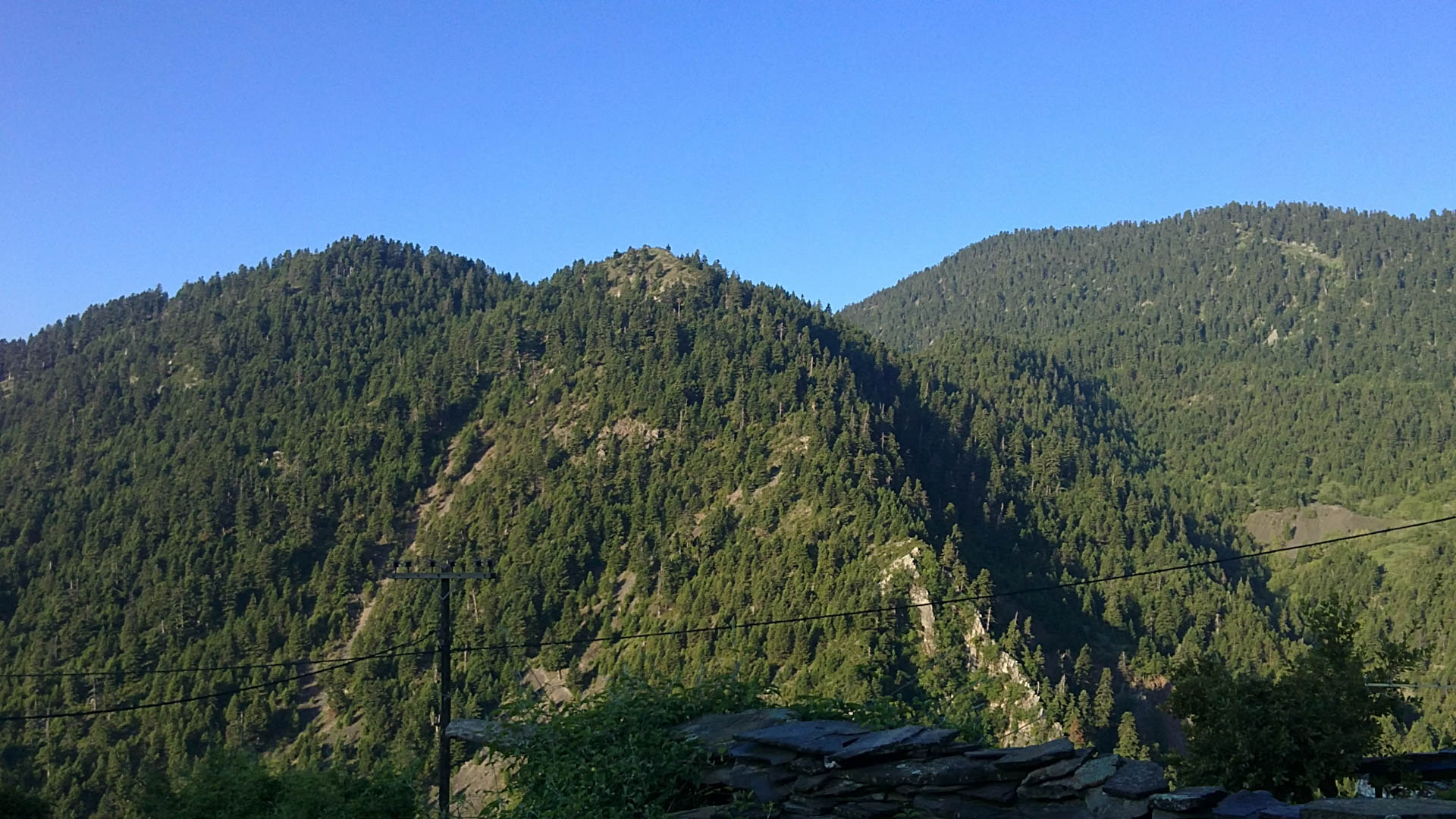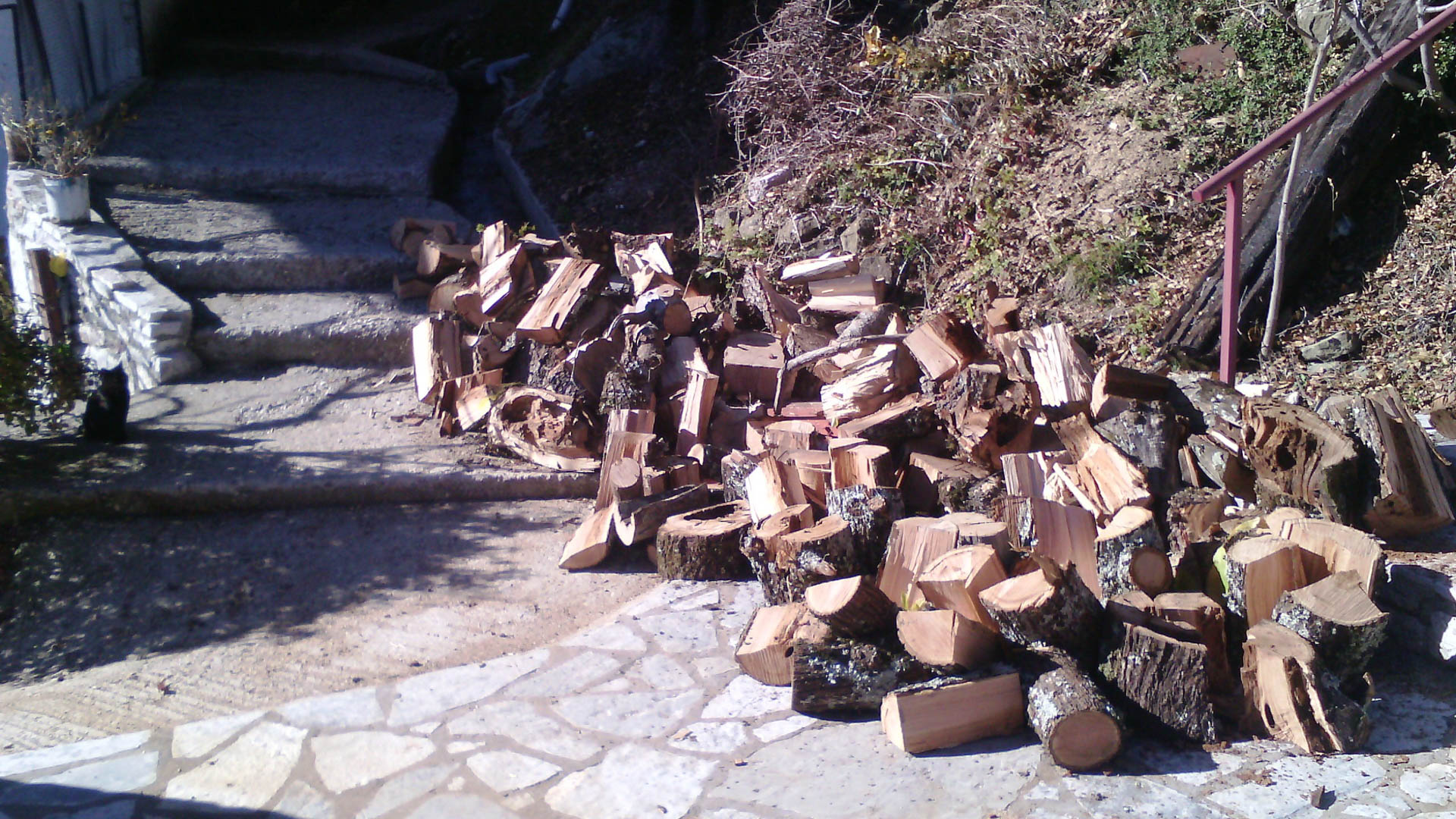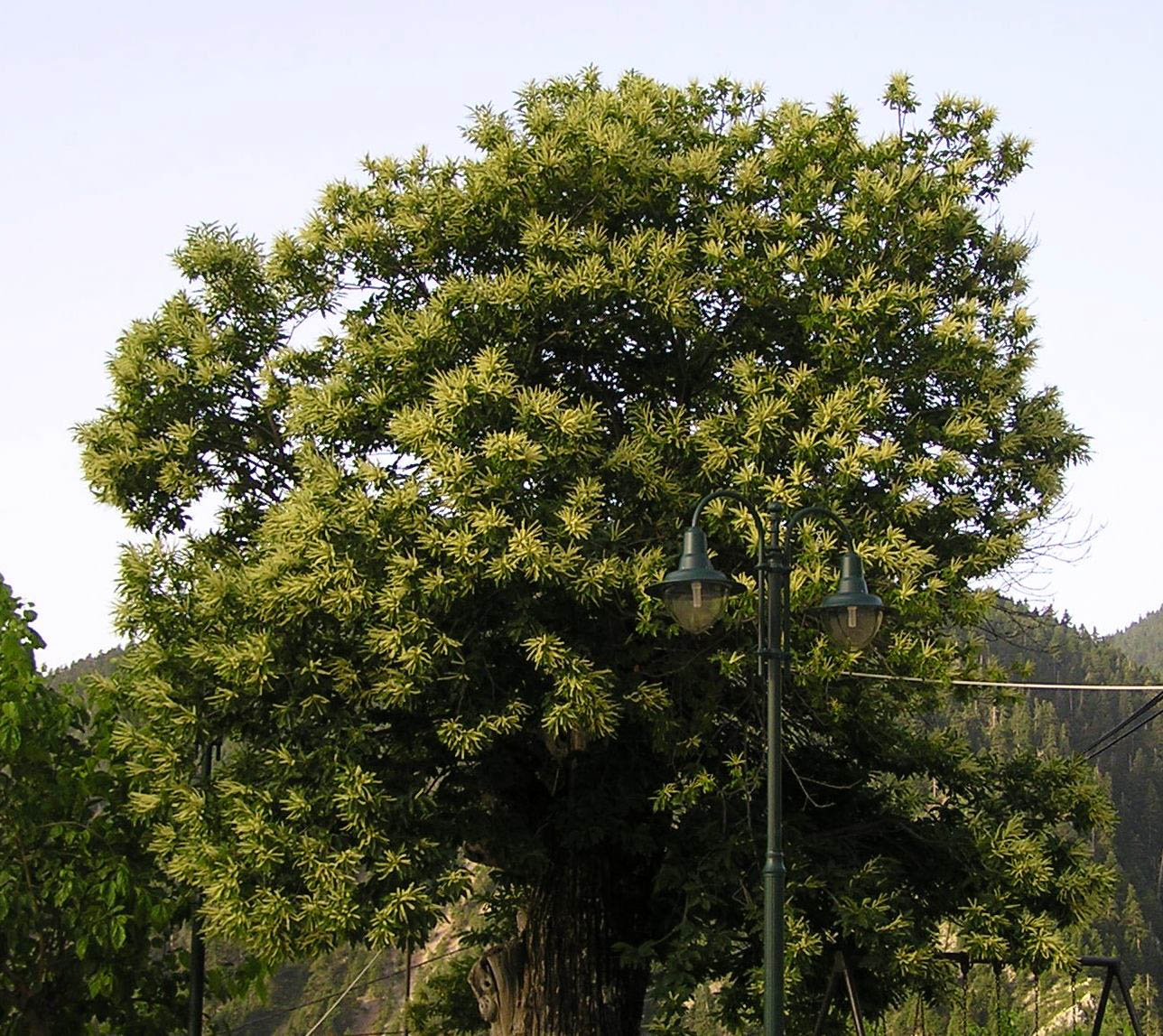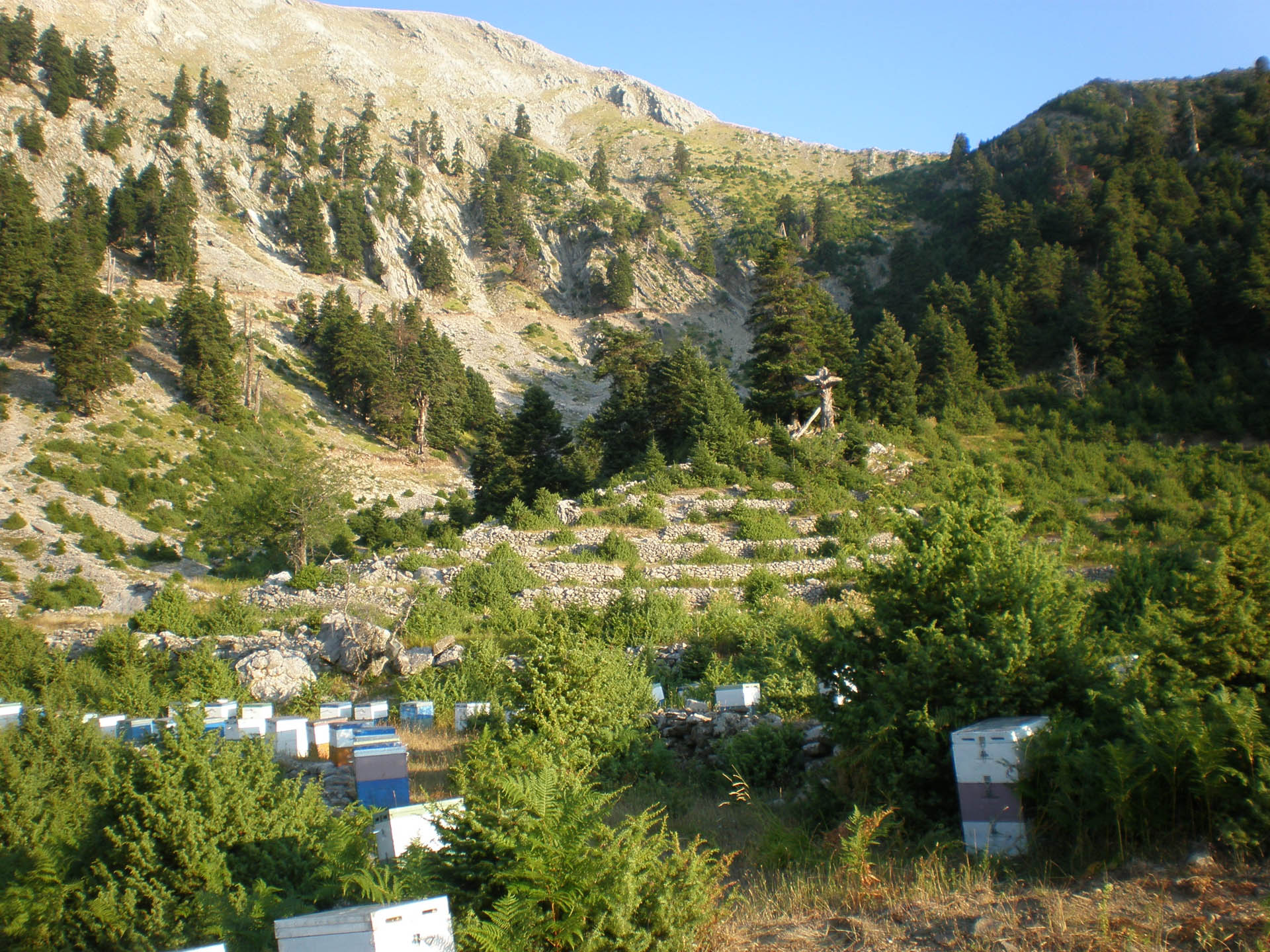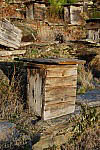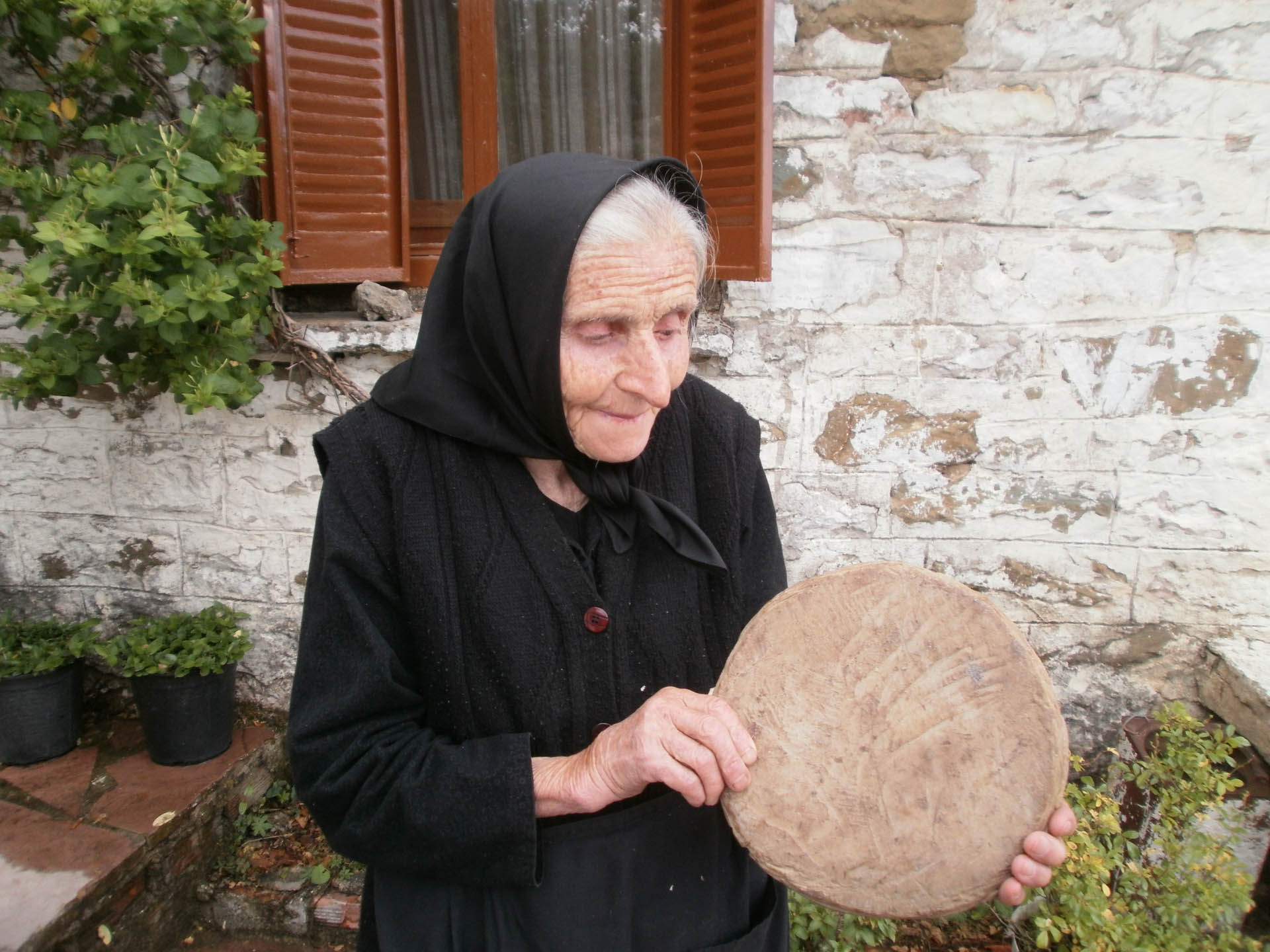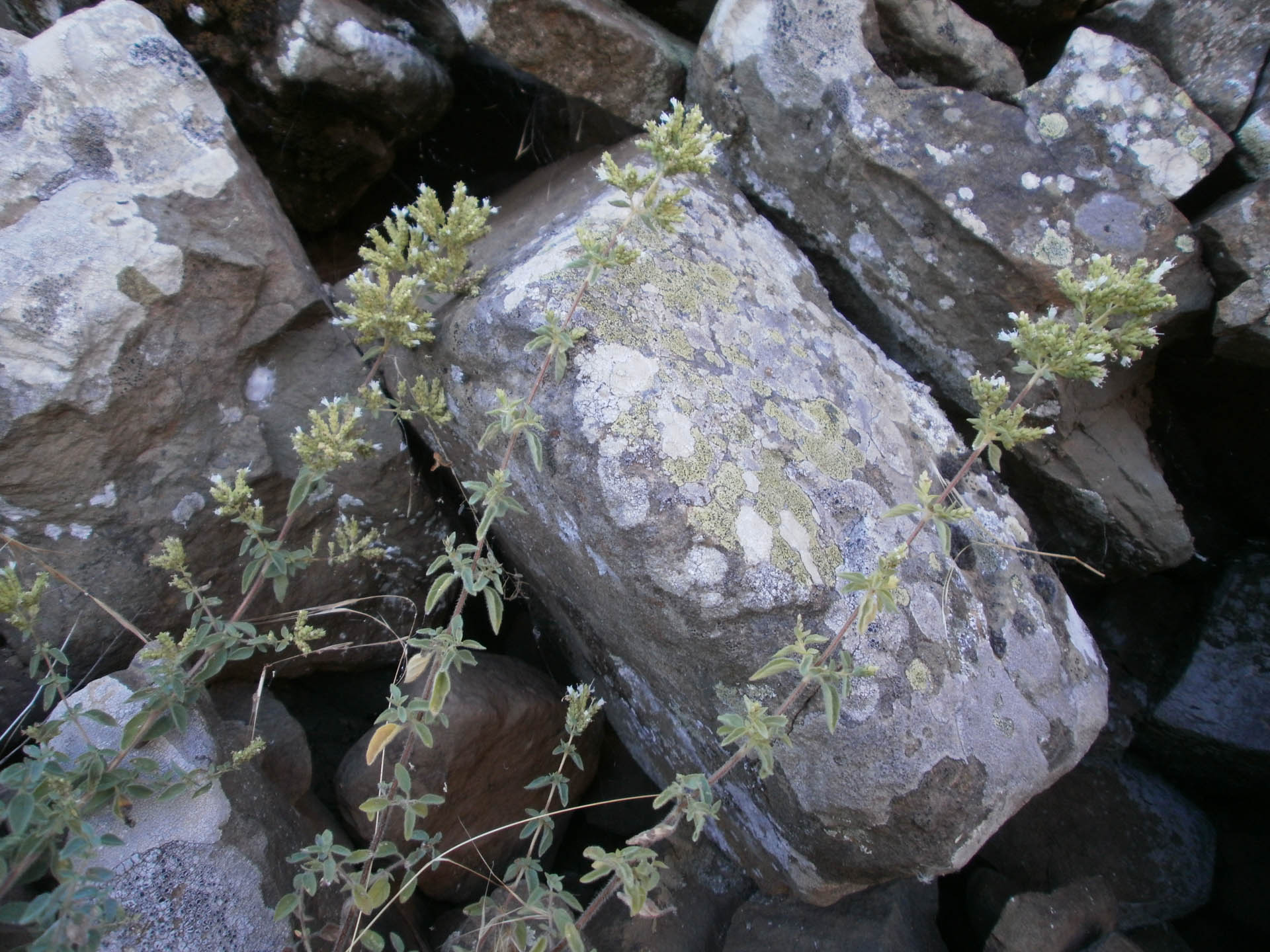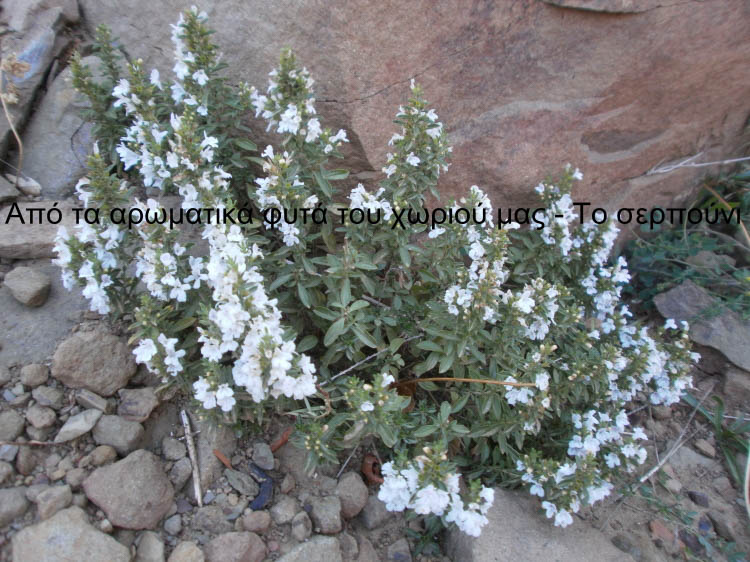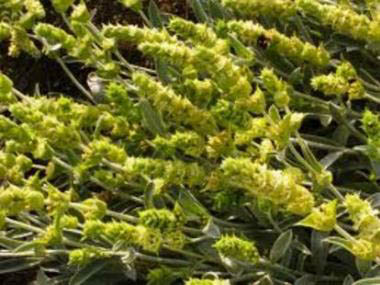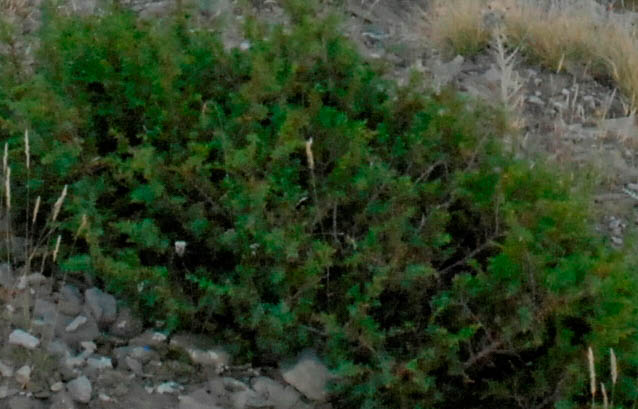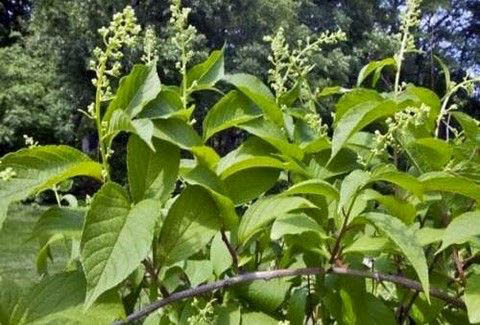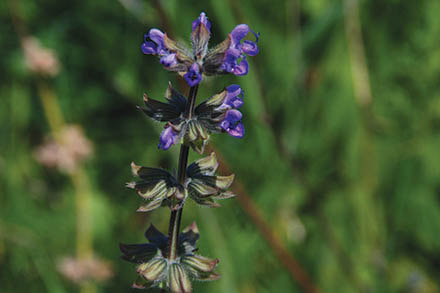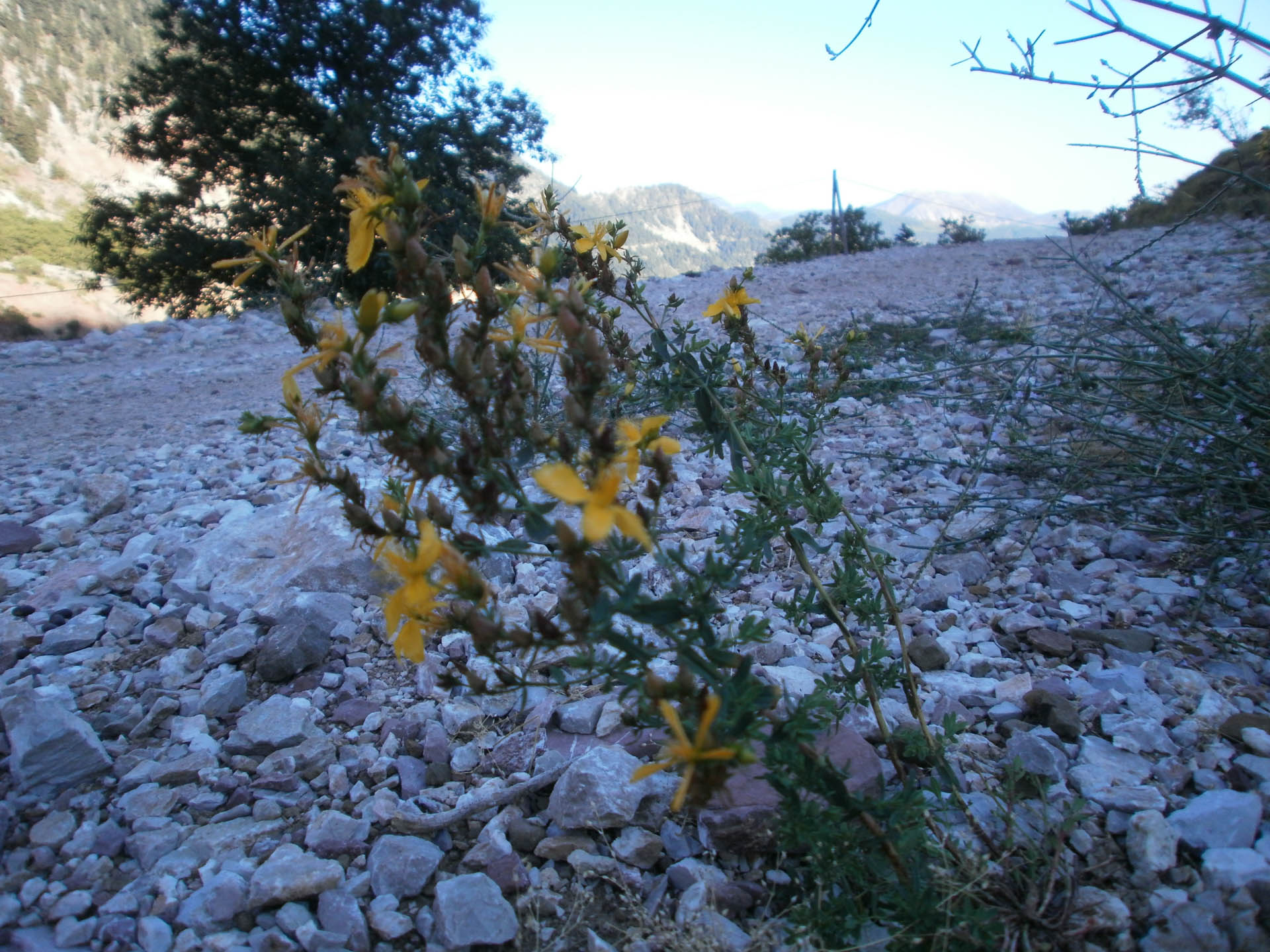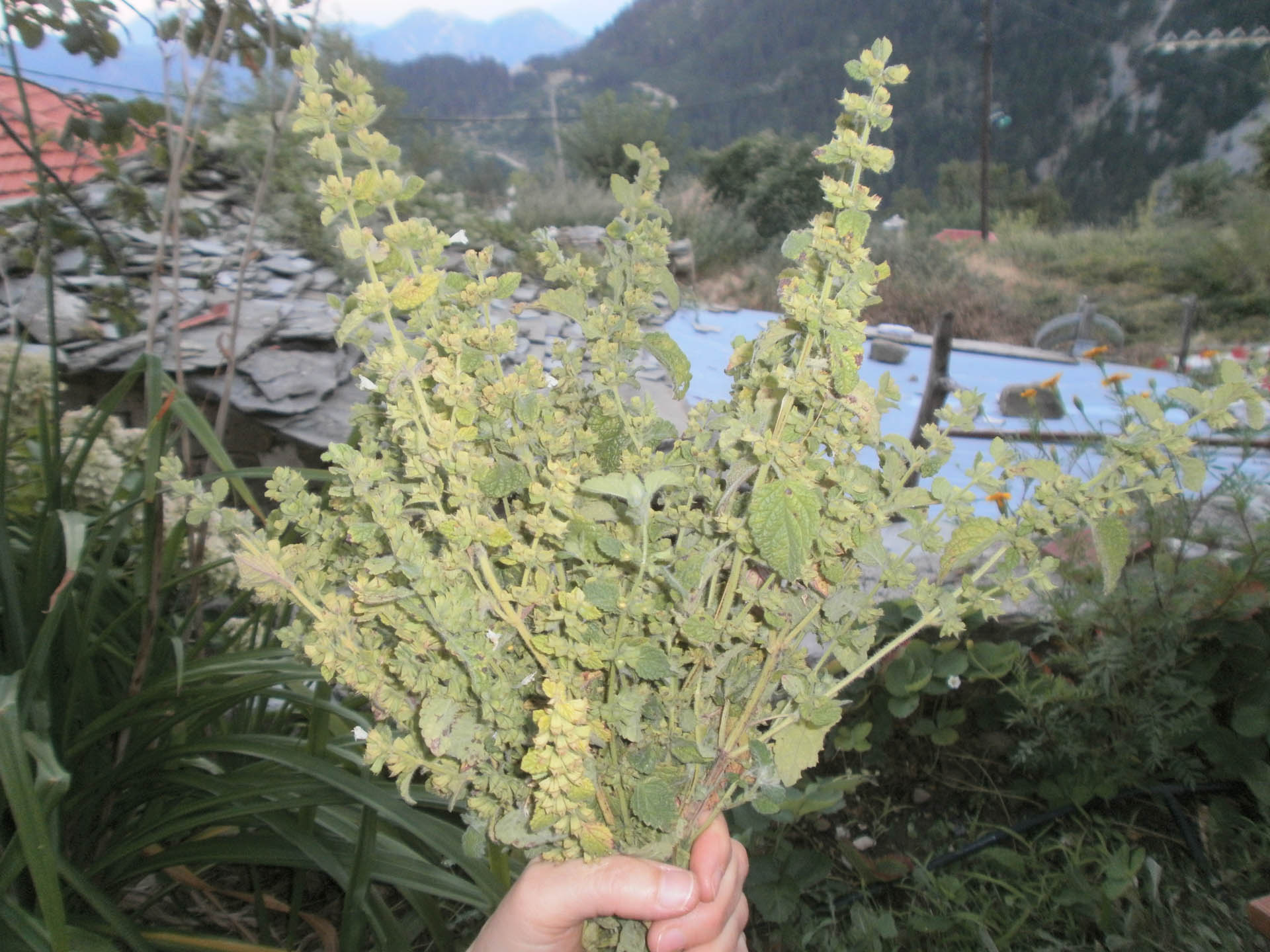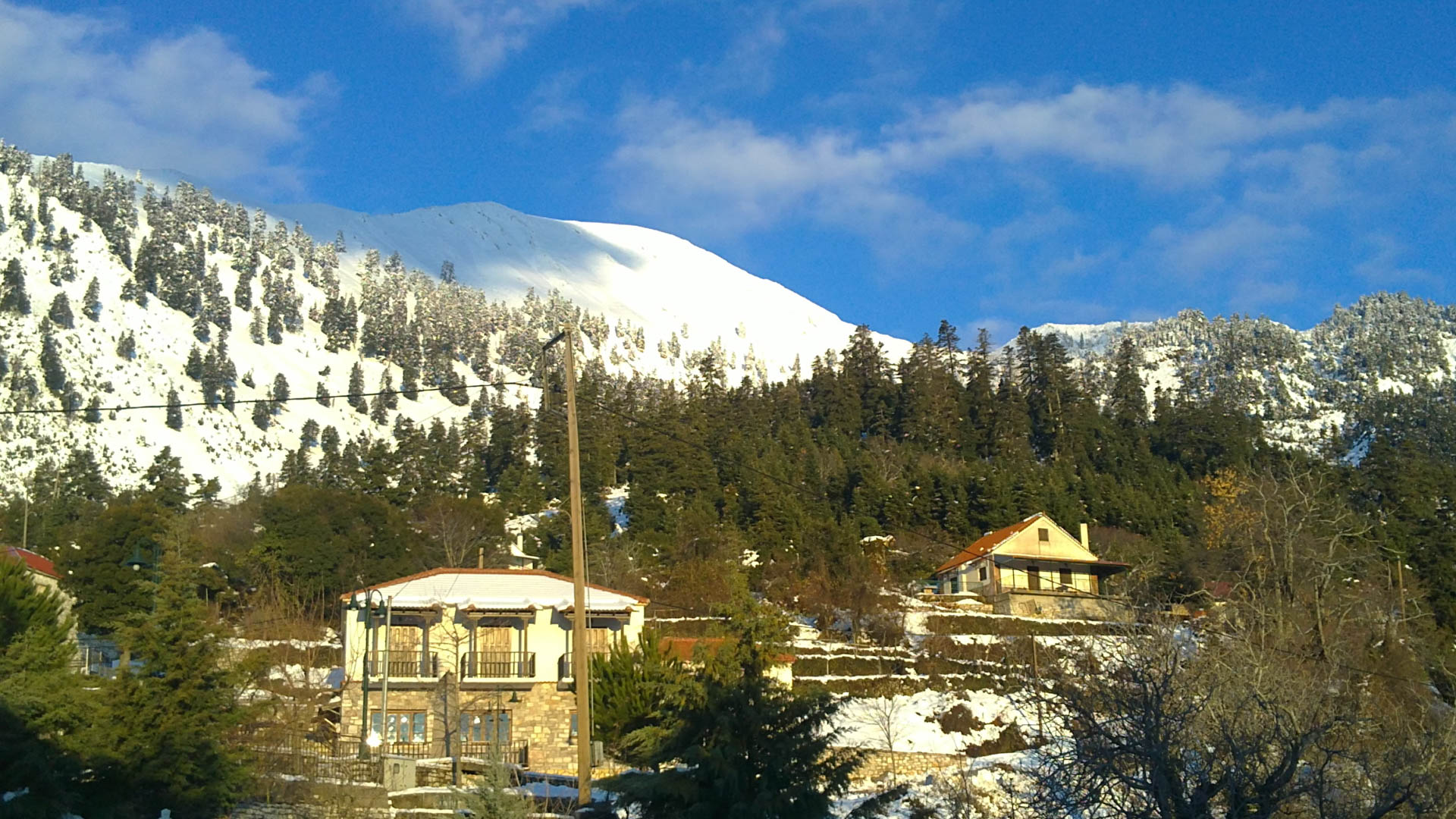The existence of the nearby chestnut forest was significant. The chestnut trees, some centuries old, wherever they were, in or out of the fields, in private or public property, belonged to one or more owners who took care of them and picked their fruit.
The feast of Saint Demetrius was also a chestnut feast, and many people got together to celebrate.
Chestnuts, both delicious and nutritious, were found boiled in every home throughout the winter.
The chestnuts, boiled or roasted in the embers, known as “papadeles,” were served with tsipouro, and they accompanied the people while telling fairy tale stories near the fireplace.
Until the 1960s, they used a construction called «krinia» as beehives, made of fir wood boards, or «kouvelia,» which were cylindrical tree trunks, usually from fir trees, from which they had removed the inside part.
This method had a disadvantage. They had to destroy the beehive every harvest season while collecting the honey. As time passed, they replaced the traditional constructions with modern beehives.
Nowadays, young producers, full of knowledge, make a strong effort and try passionately to set up beekeeping companies, producing high-quality honey products.
Honey, apart from being an excellent food, was also used as a medicine in combination with wax and other mountain products.
The forest has a vast number of medicinal plants and herbs to offer. Due to their long experience, the inhabitants are familiar with these therapeutic properties and use them appropriately.
Oregano is the most essential aromatic plant in the region. In the 1960s and ’70s, its collection provided an excellent income for local families.
“Tsiornokos is also famous for its healing herbs, such as the so-called spleen-herb, which mixed with other herbs healed the swelling of the spleen…”
writes K. D. Maragiannis.
It is verbena or spleen-herb or hierobotany or gorgoyianni.
“I am God’s herb. My name is Gorgoyianni. And whoever boils me and drinks me, wherever he hurts, he will heal”.
The inhabitants of the mountain village realized how important the forest is for their lives. They set specific binding rules that defined how they should manage the forest. For example, they used old or dry fir trees as firewood, while they took the needed timber from a relatively distant area to protect the area near the village from deforestation. On the other hand, cutting young trees to support their vines allowed the forest to regenerate.
The protection of the surrounding environment and the harmonic coexistence with it was also the concern of the Church. After an avalanche starting from Mount Triantafyllia stopped in the forest above the village, Papa-Charalambos, the village priest, spelled a curse on anyone who would cut trees from this specific forest. The villagers respected his wish or were fully aware of their “sin.”
Christophoros Karageorgos narrates:
“ Above the village there is a grove where, as tradition has it, Papa -Charalambos had forbidden the felling of the trees, to protect the village. ……
Nevertheless, sometimes some people went there and cut the wood they needed illegally. In 1965, when I was appointed as a secretary of the community, my uncle Vasilis Kotsalos, along with Kostas Kostopoulos, who lived in Avorani, gave me a sheet of paper to send to the Bishop. With this letter, they begged the Bishop to read a wish so that the sins of those who had cut the trees be forgiven. This happened every year. I always passed the letter on, but I never remember the Bishop dealing with it.”
And Maria Karageorgou adds:
“From the cursed place, they said, and the wood they set on fire was not burned. I remember my grandmother trying to start the fire, and it was not easy, saying,
«Ah, damned…”

